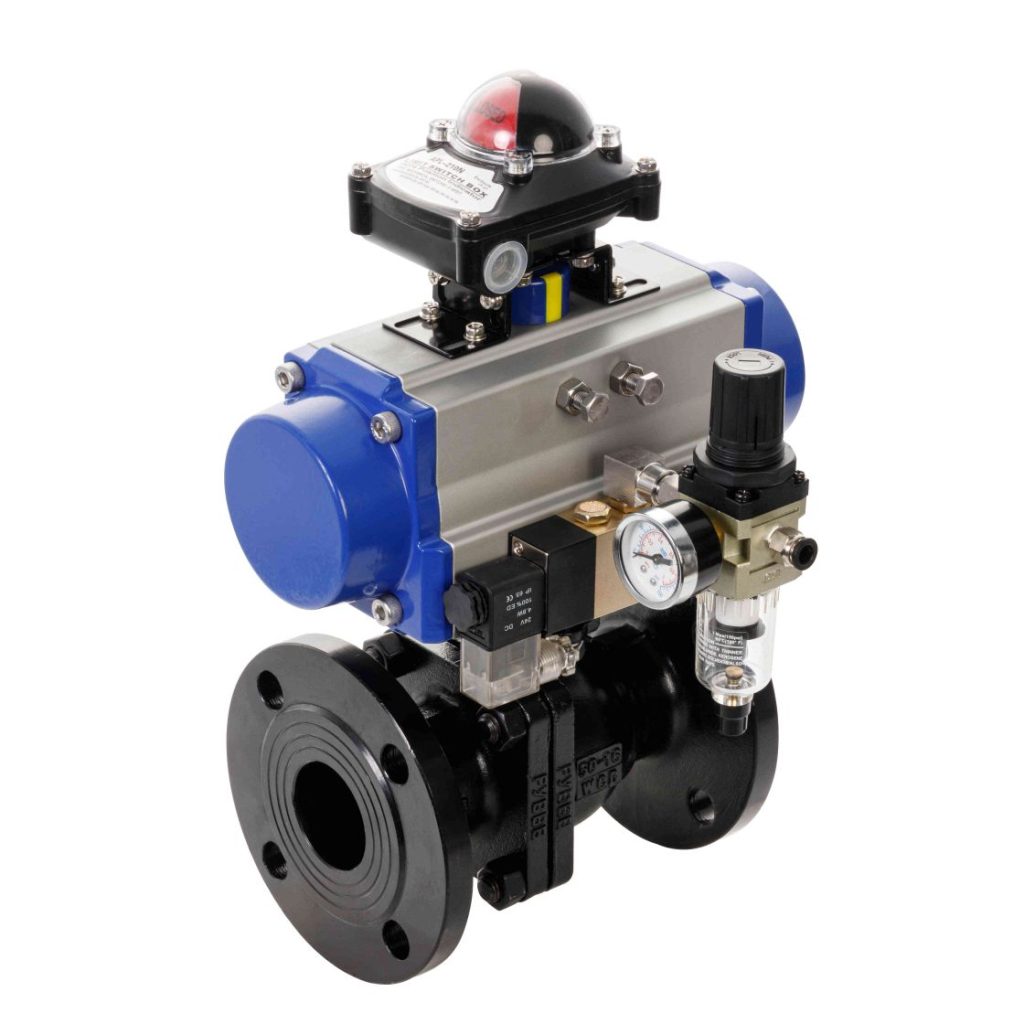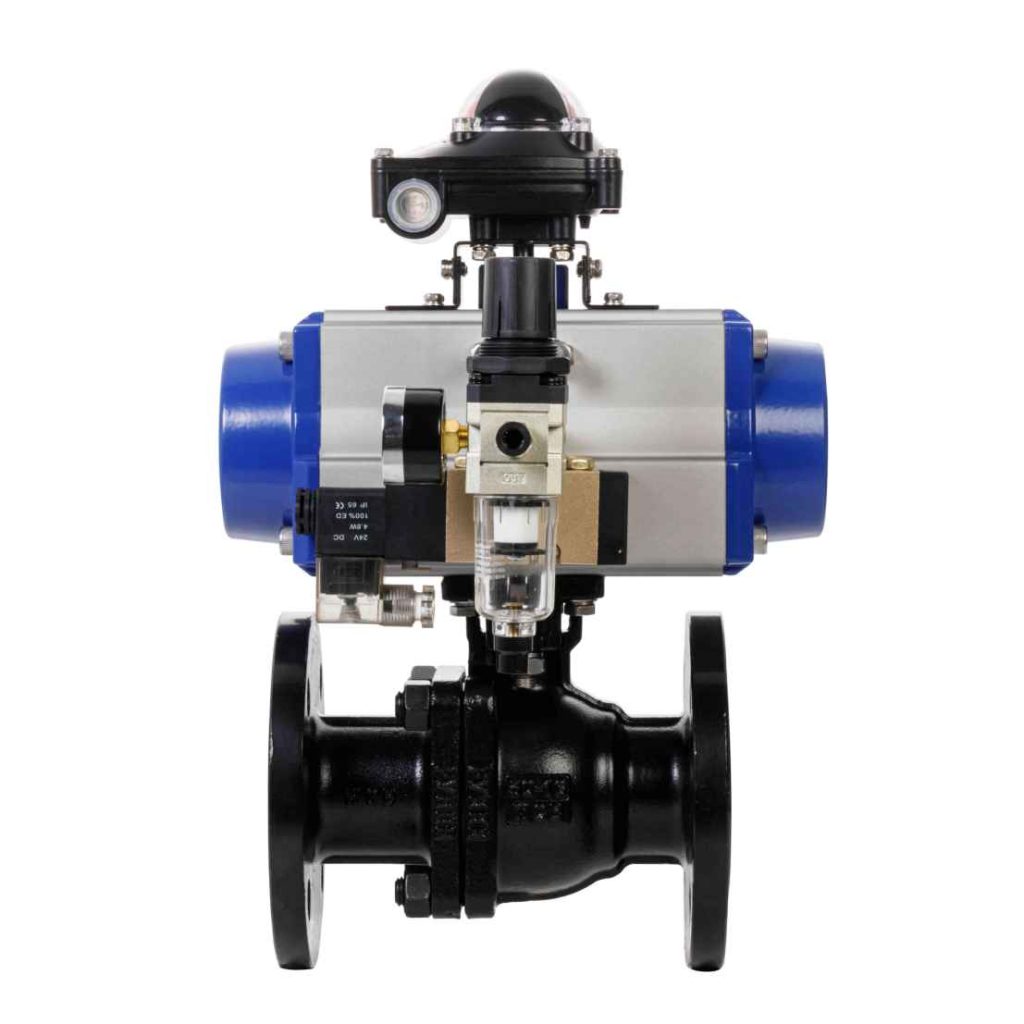WCB Pneumatic ball valves are an essential component in various industrial systems, offering reliable performance for controlling the flow of fluids and gases. These valves are widely utilized in sectors like oil and gas, water treatment, chemical processing, and HVAC, providing an effective means of regulating flow with high precision. In this article, we will explore the key features, benefits, and applications of WCB Pneumatic ball valves, highlighting their significance in modern industrial processes.

What is a WCB Pneumatic Ball Valve?

A WCB Pneumatic ball valve is a type of ball valve made from WCB (Wrought Carbon Steel) material and operated using pneumatic pressure. The primary function of these valves is to control the flow of various substances through pipes by rotating a spherical ball inside the valve body. The ball has a hole through its center, and when it aligns with the pipeline, flow is allowed. When the ball rotates 90 degrees, the hole is perpendicular to the flow direction, effectively stopping the flow. Pneumatic actuators are employed to automate the valve’s operation, enabling precise control of the opening and closing mechanism.
